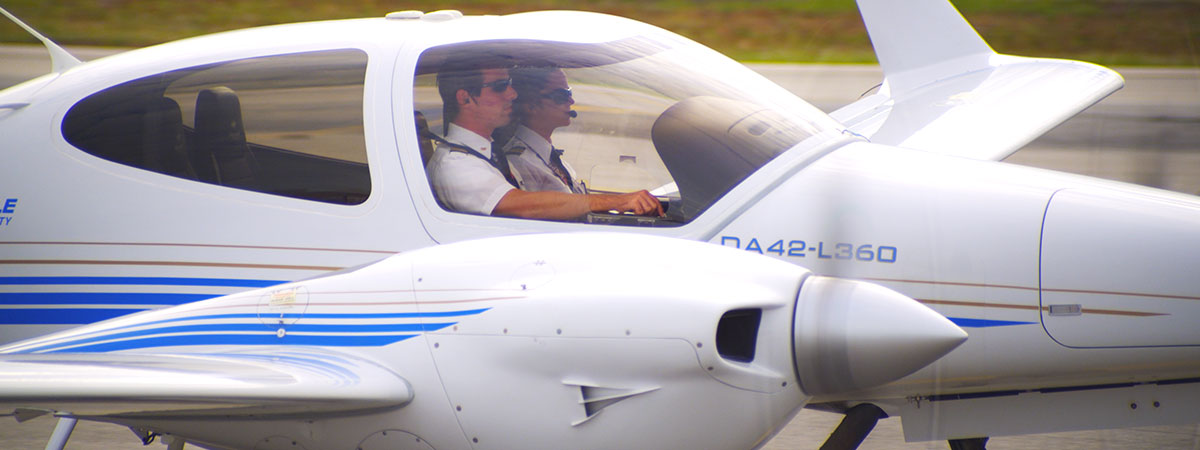Culture Aware CRM: Improving Crew Resource Management Through National Values
Faculty Mentor Name
Cass D. Howell, Ed.D.
Faculty Mentor's Email Address
howellc@erau.edu
Abstract
The world’s air accident rate has constantly lowered over the years, but now shows an increasing tendency to level. The United States and Europe evolved the CRM model as a tool to increase safety, promoting its global implementation. However, training crews with norms designed for a specific culture may prove to be a wrong approach for countries with a different background. The review of some accidents involving flight crews properly qualified, but culturally different from the United States showed flaws in crew’s performance using the accepted CRM model. The article shows ideas to reach the behaviors expected in the CRM standards, using combinations of organizational and national cultures. Conclusions include modifying CRM to bring people closer to the known features of a safe and efficient flight crew by using cultural values; and, a possible relationship in fatal accidents involving loss of control in flight or loss of situational awareness from mismanaging human factors. The final implication is the need to use culture crew resource management to achieve better safety levels.
Location
College of Aviation Atrium, Daytona Beach Campus
Start Date
30-11-2015 4:28 PM
End Date
30-11-2015 4:38 PM
Culture Aware CRM: Improving Crew Resource Management Through National Values
College of Aviation Atrium, Daytona Beach Campus
The world’s air accident rate has constantly lowered over the years, but now shows an increasing tendency to level. The United States and Europe evolved the CRM model as a tool to increase safety, promoting its global implementation. However, training crews with norms designed for a specific culture may prove to be a wrong approach for countries with a different background. The review of some accidents involving flight crews properly qualified, but culturally different from the United States showed flaws in crew’s performance using the accepted CRM model. The article shows ideas to reach the behaviors expected in the CRM standards, using combinations of organizational and national cultures. Conclusions include modifying CRM to bring people closer to the known features of a safe and efficient flight crew by using cultural values; and, a possible relationship in fatal accidents involving loss of control in flight or loss of situational awareness from mismanaging human factors. The final implication is the need to use culture crew resource management to achieve better safety levels.

